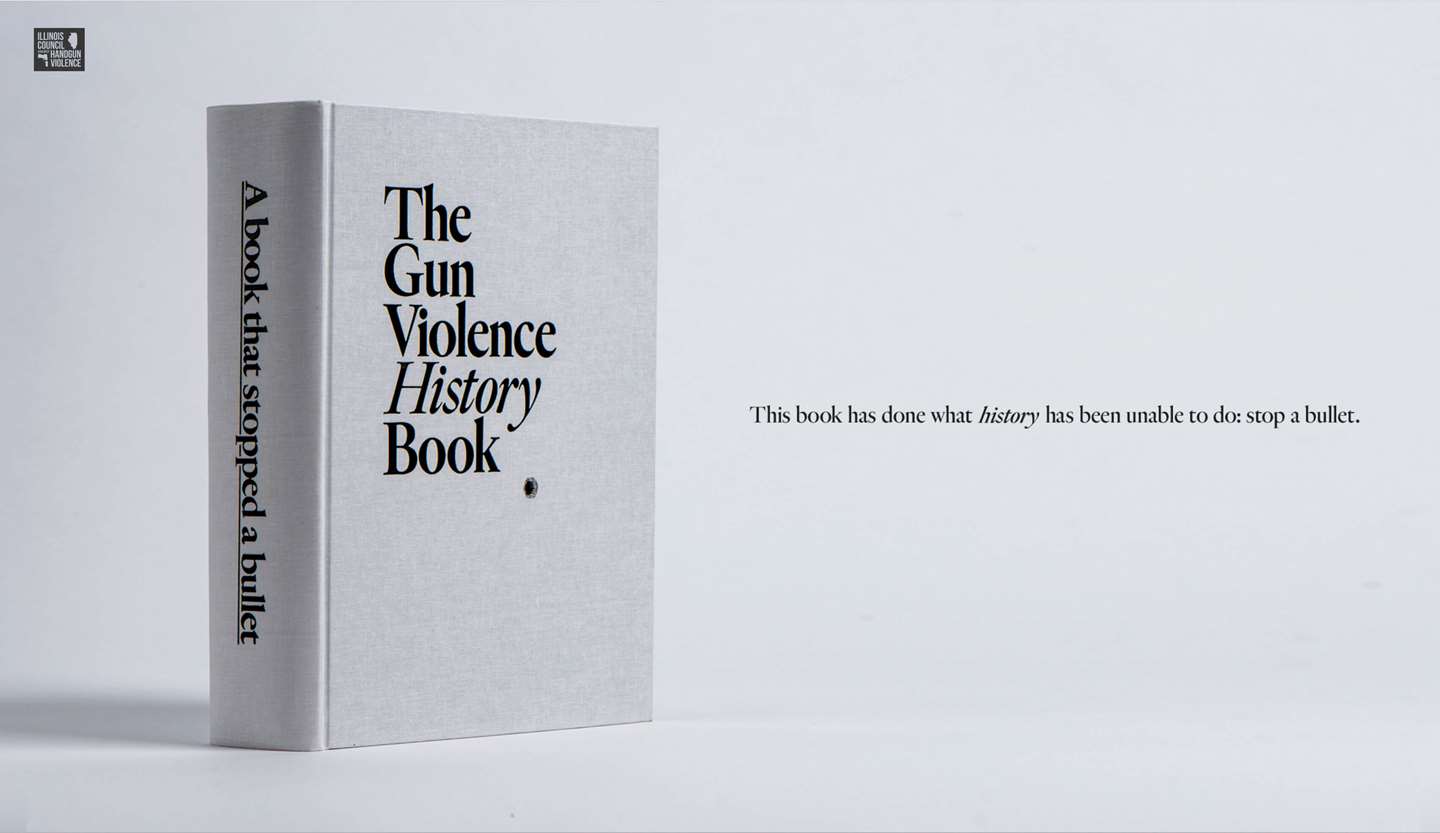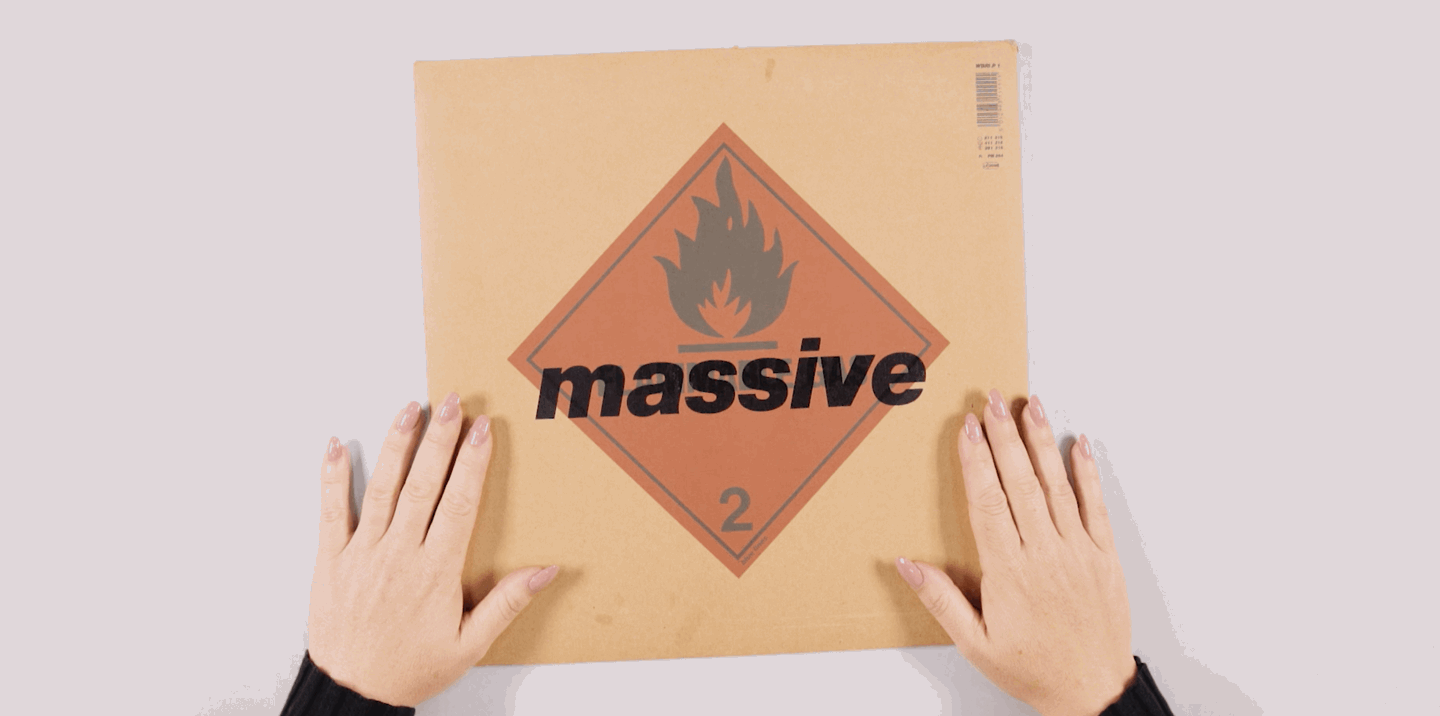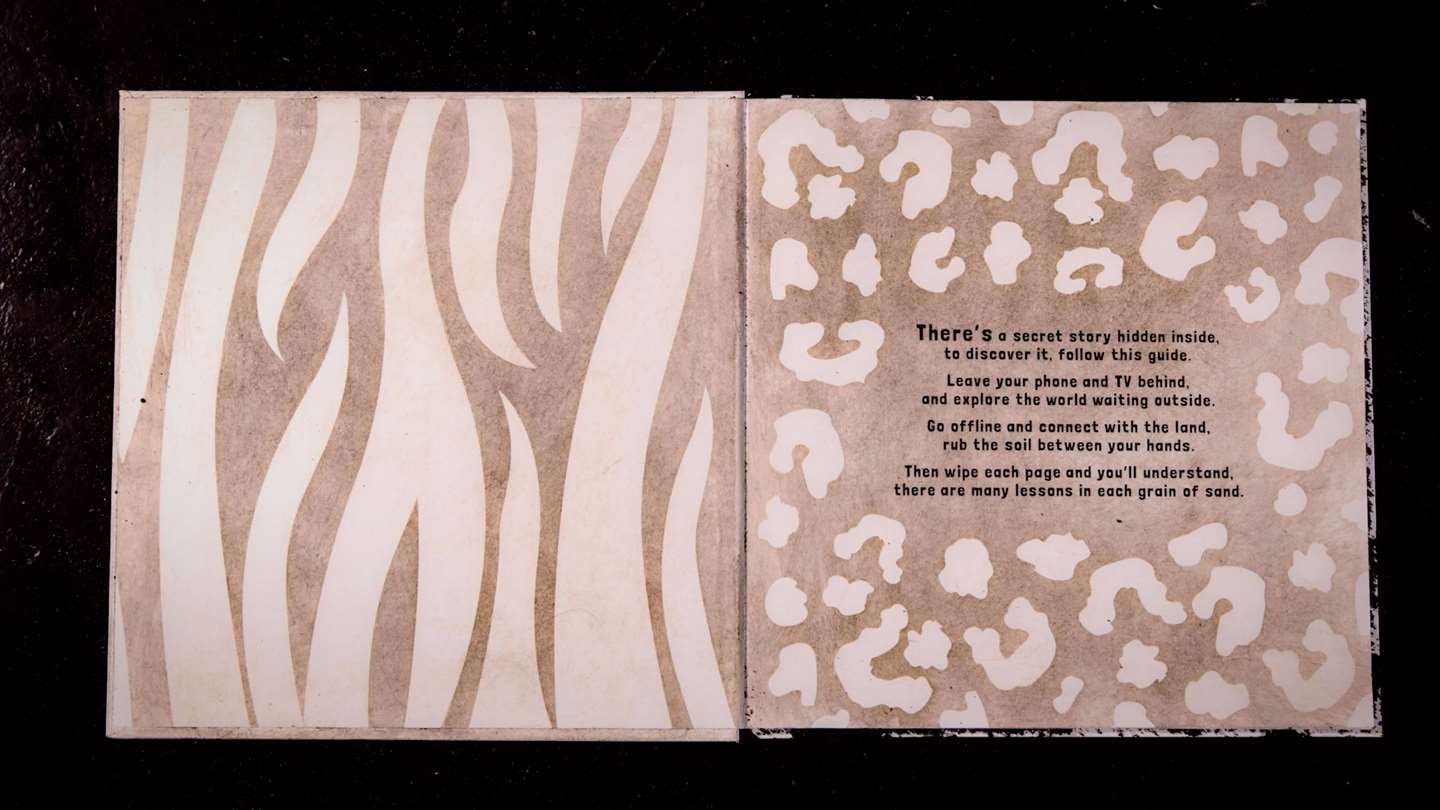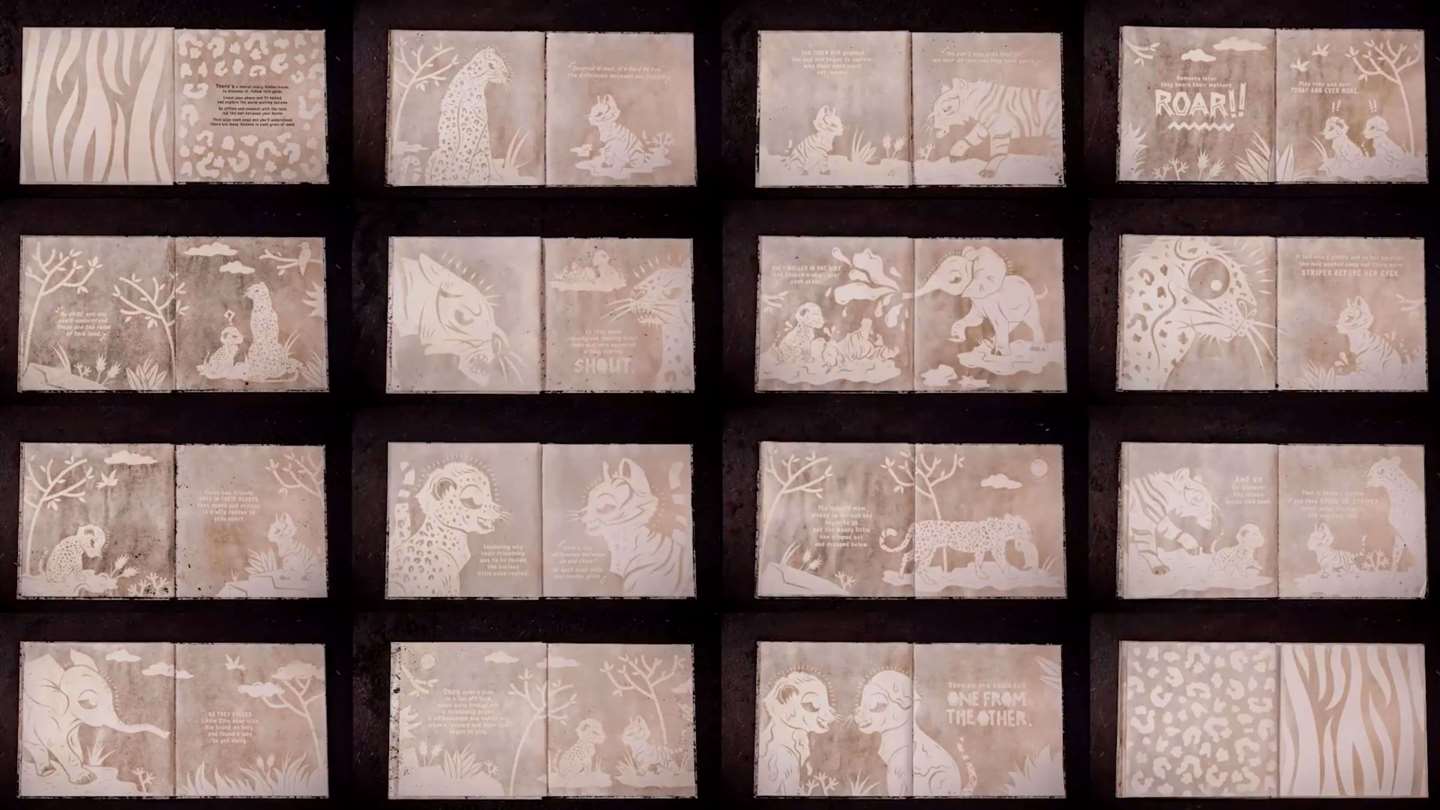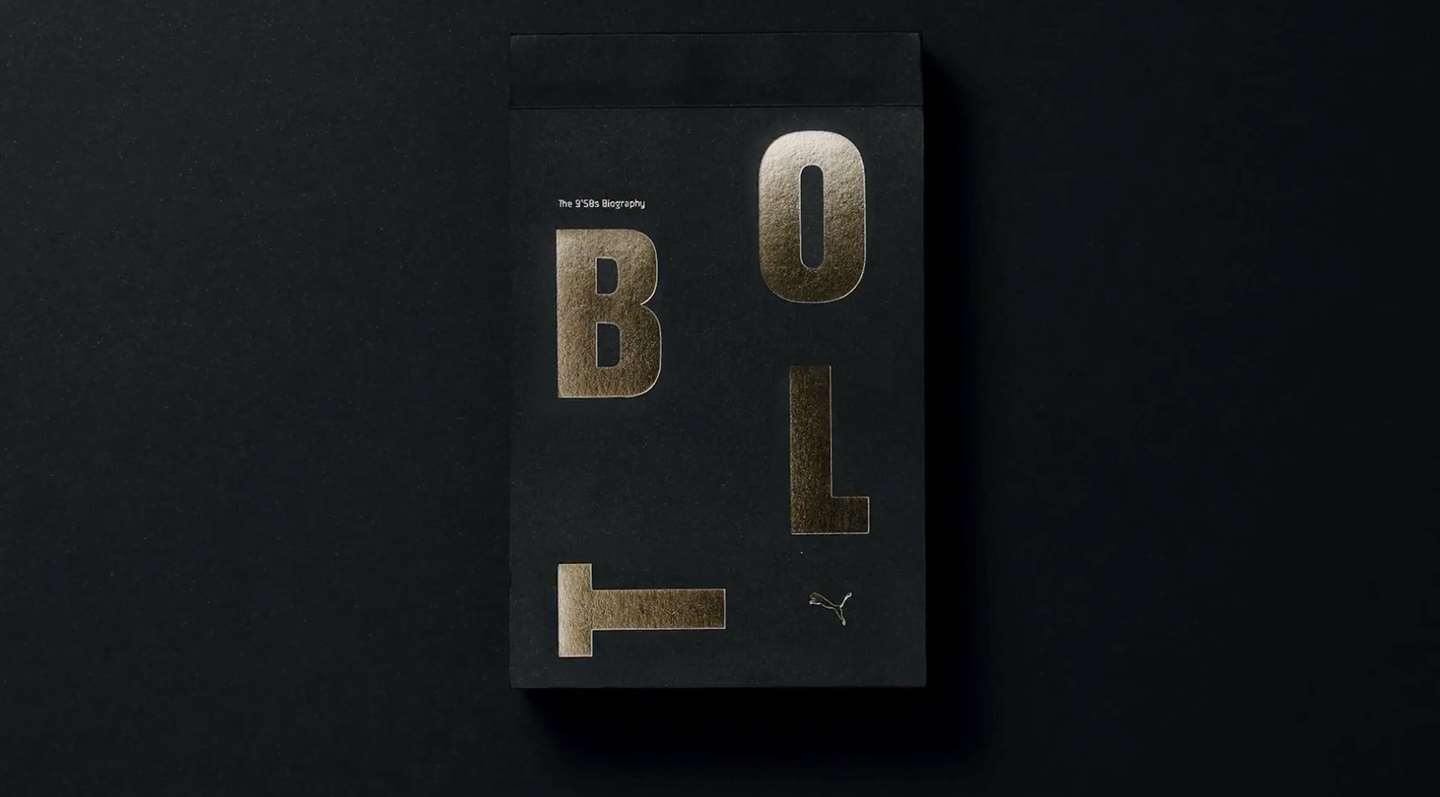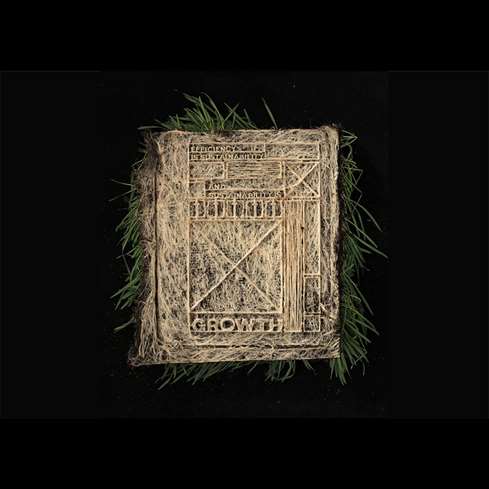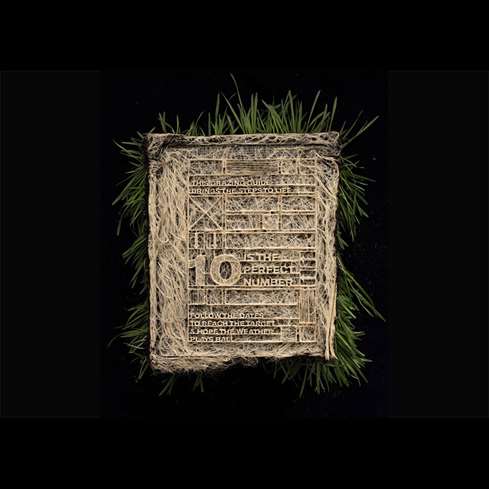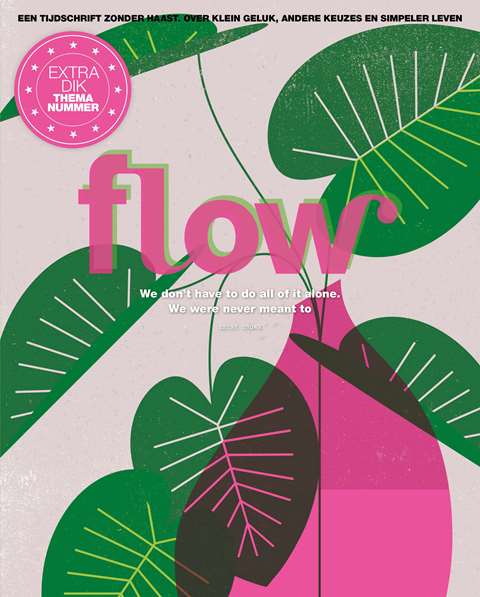One of the most creatively awarded pieces of advertising design 2019 came in the humble book format - from the Gun Violence History Book that’s pierced with a bullet to show the trail of destruction left by firearms, to The Book of Dirt whose story comes to life when smeared with dirt to illustrate the magic of play. The use of this book format in a world where consumers are bombarded with a stream of constantly updated content is a bold statement from brands. It’s a brave move that shuns the fast-paced, data-driven world of digital ‘likes’ for a more tactile, disruptive and ultimately powerful experience. As well as being a physical signal of great relevance, books offer the creative space to illustrate brand purpose. And it’s this physicality that commands attention and delivers a more profound message to the consumer.
FCB Chicago’s hard-hitting Gun Violence History Book - designed as a learning tool on behalf of the Illinois Council Against Handgun Violence - won Gold at both the Cannes Lions and at New York’s Clio Awards. A simple analogue format it might have been, but it hid a powerful message within. Each page is filled with news reports of gun deaths spanning 228 years of gun violence. And its pages have been punctured clean through by a bullet that comes to a disarming stop at the last page, with the message: ‘This bullet stopped, but history continues to be written. Stop history from repeating itself.’ Its message was morbid but profound. And it was a powerful example of how print can really deliver in the marketing mix.


